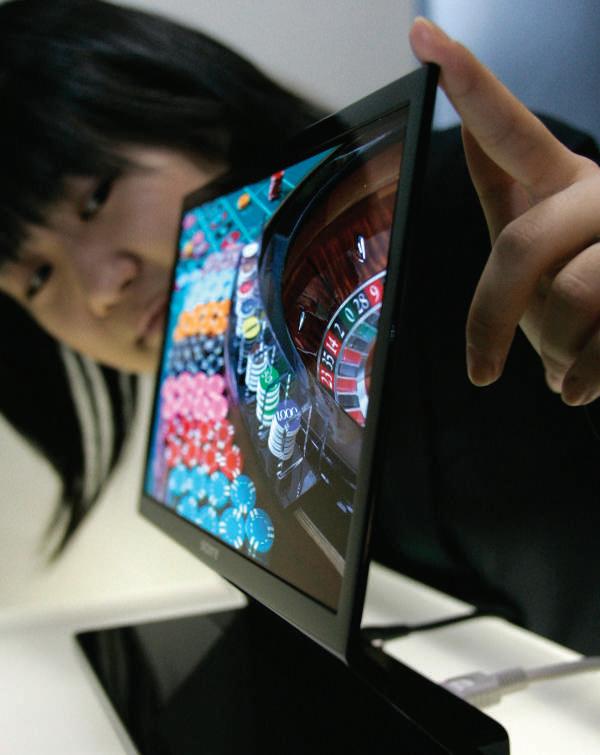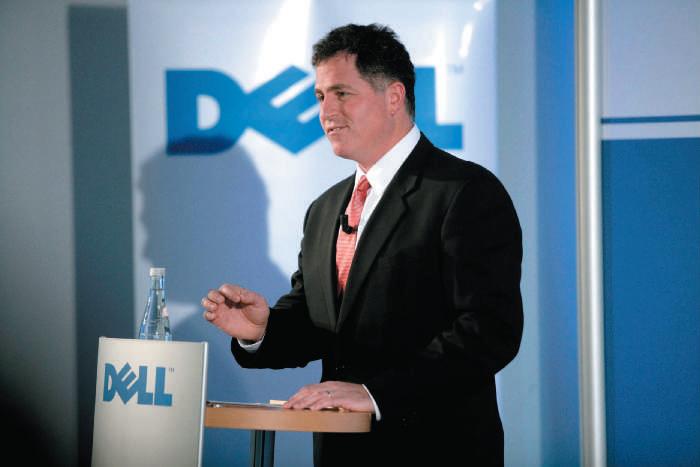C o n t r ol S y s t ems
229
Financial budgets that are implemented within a global business are a quintessential type of bureaucratic control. A given organizational unit’s financial budget represents an allocation rule with respect to how much that unit can spend. In some situations, the business’s top management team may simply allocate a total annual budget for a given organizational unit. For example, the R&D (research and development) unit might receive a budget of $85 million for a given year and have considerable leeway with respect to precisely how to spend this money. In other cases, however, the top management team may be much more specific with respect to budget allocations. For example, it might tell the R&D department that of the $85 million annual budget, at least $12 million of it must be spent on R&D for a particular new product. This latter approach involves the use of greater bureaucratic control by the company’s top managers.
9-4-2 Interpersonal Controls
interpersonal controls
involves executives engaging in personal contact with subordinates as a way of managing an organization
Martin Geene/Vario Images GmbH & Co.KG/Alamy
Interpersonal controls involve executives engaging in personal contact with subordinates as a way of managing an organization. Michael Dell, the founder of Dell Computer Corporation, famously interacted directly with every single employee during the early days of the company. In this manner, Dell had direct interpersonal control over everything that was going on at the company. Obviously, such complete interpersonal control works best in smaller organizations: With tens of thousands of employees in Dell Computer today, it would be virtually impossible for any one executive to have direct ongoing in-person contact with each employee in the organization. That said, many CEOs make a major effort to meet one-on-one on a regular basis with all senior managers and business unit heads. Former General Electric Corporation CEO Jack Welch was well known for this. In addition, many are using Internet technology, e-mails, and the like to maintain direct communication lines with all employees on an ongoing basis. While this communication may not be two-way (i.e., not every employee is invited to reply directly to the CEO), it is still a direct way for even low-level employees to experience input from the CEO. Company town-hall meetings and other methods may also be used to make sure important managerial personal contact exists within an organization.
Dell Computer Corporation founder Michael Dell has always maintained a very “hands on”/direct contact style of management.
Copyright 2017 Cengage Learning. All Rights Reserved. May not be copied, scanned, or duplicated, in whole or in part. Due to electronic rights, some third party content may be suppressed from the eBook and/or eChapter(s). Editorial review has deemed that any suppressed content does not materially affect the overall learning experience. Cengage Learning reserves the right to remove additional content at any time if subsequent rights restrictions require it.







































